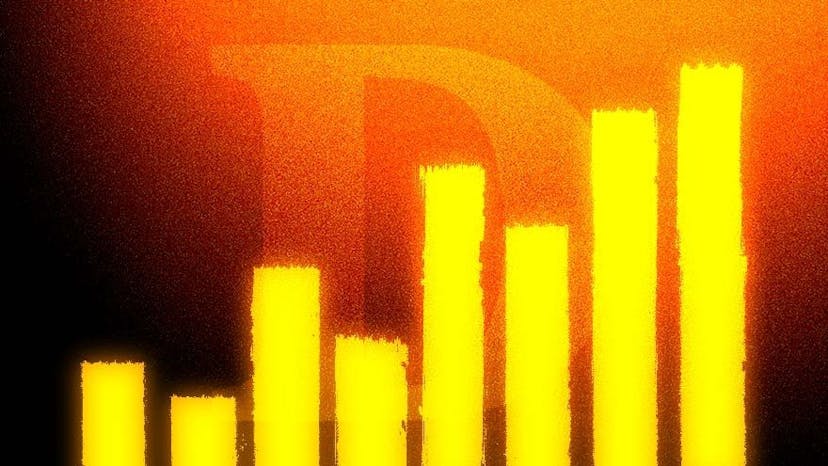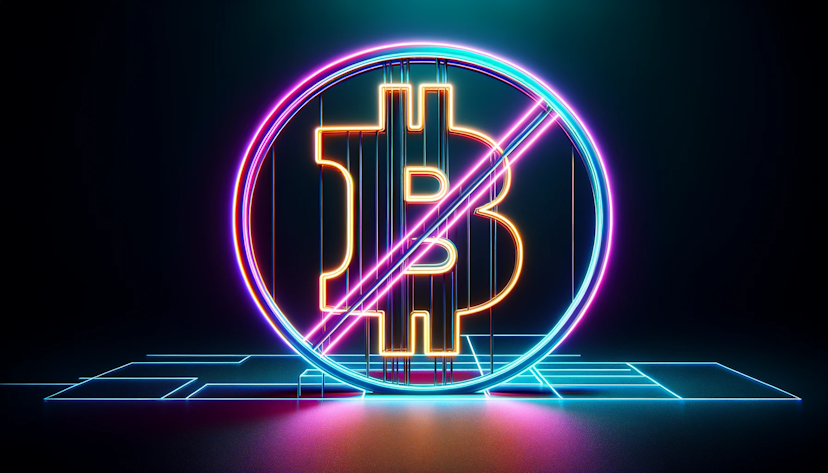Waste Of Block Space Or Egalitarian Issuance Mechanism? Inscriptions Divide Web3 Community
The rise of inscription tokens attracts both fervent supporters and steadfast critics
By: Samuel Haig • Loading...
DeFi
Bitcoin Ordinals-inspired inscriptions are spreading across web3, with transaction volume and fees on several Layer 1 networks abruptly surging amid the launch of inscription protocols in recent weeks.
The rising popularity of inscriptions on Bitcoin inspired developers to deploy new inscription protocols on other Layer 1 networks, with Tom Lehman's Ethereum-based Ethscriptions leading the charge in June.
On-chain activity skyrocketed following the launch of inscription tokens on alternative Layer 1 networks, with transaction fees surging 4,500% on Near from Nov. 28 to Dec. 1, 6,900% in a day on the Polygon sidechain in mid-November, and 8,990% on Fantom in late November.
Nearly two-thirds of transactions executed on Polygon over the past week related to inscriptions, which also accounted for 52% of BNB Chain activity, and 15% on Avalanche, according to Dune Analytics. Inscription transactions consumed nearly 20% of gas expended on Polygon, 14% on BNB Chain, and 3% on Avalanche over the past week.
However, not all networks have passed their inscription stress tests, with the Dec. 4 launch of TON-20 tokens on The Open Network (TON) triggering crippling congestion for the chain.
Data from dTON shows the TON network processing less than 0.5 transactions per second (TPS) with more than 2.5M transactions waiting in the queue, prompting wallet providers to suspend transactions to the network. The brutal congestion comes in stark contrast to TON’s developers claiming the network could handle a maximum throughput of nearly 105,000 TPS on Nov. 1.
Inscriptions divide web3 community
The rise of inscriptions has sparked contentious debate within the web3 community, with critics arguing that inscriptions are congesting major blockchains and wasting block space. Meanwhile, proponents claim the technique is bolstering on-chain activity and offering an egalitarian process for new token launches.
“Burning gas/wasting blockspace is one of the last distribution mechanisms that exists with open access to retail,” said Eric Wall, a board member of the Starknet Foundation. “Since anyone can participate in the issuance of a specific ticker (mining it by burning blockspace) from day one, it is one of the few last bastions where retail can get in at the ground floor in a not-yet-clearly-illegal fashion.”
Wall added that web3 projects have abandoned retail-facing initial coin offerings due to regulatory risks in recent years, leaving risky memecoin speculation and uncertain airdrop farming as the only other methods available to retail investors seeking to get in on the ground floor of new crypto tokens.
“Is this just a flash in the pan? Maybe, but it’s stress testing almost every chain out there,” Wall continued. ”This is the result of regulation and inaccessibility to low caps for retail. Degeneracy, uh, finds a way.”
On the other hand, the spike in inscription activity has driven up the burn rate on alternative layer 1 networks, placing greater deflationary pressure on the supply of their respective native tokens to the benefit of investors. However, with the primary value proposition of alt L1s being low transaction fees and inscription tokens offering little utility beyond speculation, the benefits associated with the recent surge in inscription activity are likely offset by rising transaction fees on those networks.
Bitcoin Ordinals
Ordinal inscriptions were pioneered on Bitcoin in January as a method to create NFT-like assets on top of the Bitcoin blockchain. Domo, an anonymous developer, followed up with the launch of the BRC-20 standard, enabling the creation of Bitcoin-based fungible tokens leveraging inscriptions.
Ordinals and BRC-20s enjoyed an initial wave of hype in Q2 2023 before briefly falling out of favor and enjoying a resurgence in Q4. Earlier this week, ORDI became the first BRC-20 token to surpass a $1B market cap after rallying 600% in 30 days.
While the recent comeback for inscriptions was also accompanied by debuting inscription protocols proliferating on other Layer 1 networks, inscriptions are emerging as an increasingly controversial issue on Bitcoin.
The network is currently highly congested due to the high volume of inscription transactions, with around 226,000 transactions sitting unconfirmed in Bitcoin’s mempool.
“‘Inscriptions’ are exploiting a vulnerability in Bitcoin Core to spam the blockchain,” tweeted Luke Dashjr, the CTO of the Ocean Bitcoin mining protocol. Dashjr added that he released Bitcoin client software preventing developers from creating inscriptions.

Bitcoin Miner Backed By Jack Dorsey Confirms It Will Censor Ordinal Inscriptions
Ocean Mining faces community backlash after saying it will “help to bring an end to the DoS attack on Bitcoin.” ORDI recovers after dropping 10%.
However, Dashjr’s dissent may be in vain, with miners receiving higher fees when producing inscription transactions compared to simple BTC transfers.
“Most miners will choose to mine inscription transactions because it will make more economic sense,” replied Petkovskix, a software developer. “Have fun fighting miner game theory,” added Dan Held of Taproot Wizards.
Advertisement
Get the best of The Defiant directly in your inbox 💌
Know what matters in Web3 with The Defiant Daily newsletter, every weekday
90k+ investors informed every day. Unsubscribe anytime.